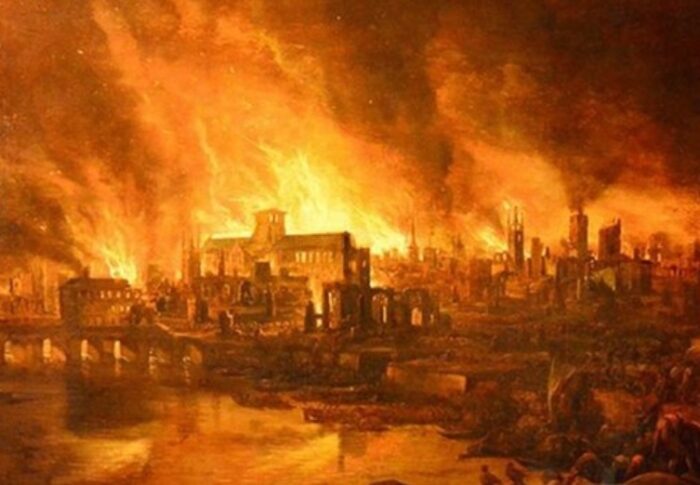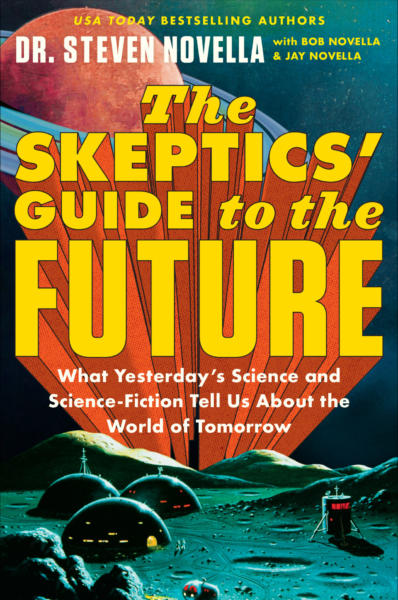Jun 27 2024
Cities on Fire
 Most major cities in the US experienced a major fire sometime between 1860 and 1920. Actually these fires, called conflagrations, have been occurring since colonial times and into the middle of the 20th century, but saw a peak in the late 19th and early 20th century. Many cities experienced multiple conflagrations, and in the 19th century was responsible for more loss of property than any other phenomenon.
Most major cities in the US experienced a major fire sometime between 1860 and 1920. Actually these fires, called conflagrations, have been occurring since colonial times and into the middle of the 20th century, but saw a peak in the late 19th and early 20th century. Many cities experienced multiple conflagrations, and in the 19th century was responsible for more loss of property than any other phenomenon.
Why this is true is an interesting historical story. But in the world of social media, especially platforms like TikTok, history may seem irrelevant. I have been reviewing videos on TikTok and it’s been quite the journey. I find it interesting that each social media platform has its own subculture within the broader social media culture, which itself is a subculture of the broader culture. In any case, what I have found is that TikTok is a cesspool of confident ignorance. Obviously there is lots of kinds of content there, and some of it good, but there is also a high proportion of people just making stuff up and presenting it to the world as if it were some great realization or bit of wisdom.
I have been thinking quite a bit about what this phenomenon actually is. I think a large part of it may be generational as well as just part of the changing times brought to us by social media. My overall impression is that TikTok videos are primarily about performance. Everything in infotainment. I often find it difficult to determine if someone believes what they are saying or not, and am often left with the impression that even they don’t know. More precisely, they don’t care – whether or not something is true is irrelevant in the world of TikTok. Engagement matters. Performance matters. All ideas are equally valid.
This is a great environment in which conspiracy theories and pseudoscience can spread. There are no standards of evidence, scholarship, or even common sense. Take this dude, for example. He correctly observes that most major cities in the US experienced a conflagration in the late 19th and early 20th century. He then leaps from that fact to the conclusion that these fires were part of a deliberate conspiracy to destroy historical evidence. Because, of course, if you are some secret government cabal and you want to, for some reason, hide evidence pertaining to ancient history from the world, you do it by indiscriminately burning down large parts of major cities and causing trillions of dollars in damages. What other option do you have?
He then further leaps to the conclusion that “they” were doing this to cover up ancient advanced civilizations, like that of Tartaria. The Tartarian Empire, by the way, is huge on TikTok. This alleged empire never existed, but there is a large subculture on TikTok that believes it existed and that there were mud floods in the 19th century that buried all the Tartarian cities, ruins, and artifacts. The notion that such a massive world-changing event could have happened so recently without leaving behind any cultural memory is, of course, absurd.
What is also sad is that this conspiratorial pseudoscience misses an opportunity to learn some actual history, which is rather interesting. Let’s get back to the original question – why were there so many conflagrations over this time period? There were a number of factors, but many of them can be linked to the industrial revolution. Industrialization resulted in a massive increase in urban populations and density. Houses were build closer together, in larger numbers, and they were build taller. They were mostly built out of wood. Industrialization also saw increasing use of combustibles – you need to burn stuff to fire industry. So cities saw increasing storage of oil and things like gunpowder. City lights were converted to gas lamps, and so natural gas had to be piped into cities.
What all this meant was that when a fire did inevitably occur (because most heating, cooking, and lighting was done with fire), the chance that it would spread out of control was much greater. Flames could leap from one building to the next, and if the fire came across something combustible, it was over. Entire neighborhoods or even entire sections of cities would burn to the ground.
We can also look at firefighting technology. From colonial times the state-of-the-art was the bucket brigade. This was adequate (but not ideal) for a single building fire, but completely inadequate for a major city fire. So fire departments arose, mostly volunteer at first. They also came with trucks with tanks of water, pumps, and hoses. This was a great improvement over buckets, but still not able to deal with any major conflagration. The addition of steam power for the pumps sometime in the mid to late 19th century was a help, but still not enough. Then came the addition of pumping water into cities and having fire hydrants the firefighters could access to have much more water. Eventually professional firefighting organizations also arose.
But all of this took time. At the same time city planners knew that if modern industrial city life were to be possible, they had to reduce the risk of major conflagrations. This lead to regulations and ordinances to limit the causes and spread of fire. Buildings had to have a minimum distance between them. City streets were widened. More building were built out of bricks rather than wood. Fire codes and fire regulations became a necessary part of any modern city.
By the 1930s most cities had adopted enough of these fire regulations and safety features, and supported and standardized firefighting, so that the rate of major conflagrations plummeted. This was a hard-won victory, done through planning, legislation, and investment. Chalking up these major fires to some weird conspiracy denies all of this history. It also misses the important lessons that a true understanding of this history teaches.
At least the conspiracy mongering provides a teachable moment, which is why I make response videos on TikTok. It feels like I (and the other science communicators on the platform) have my finger in the dike, but at least the platform also allows for the injection of some sanity.






